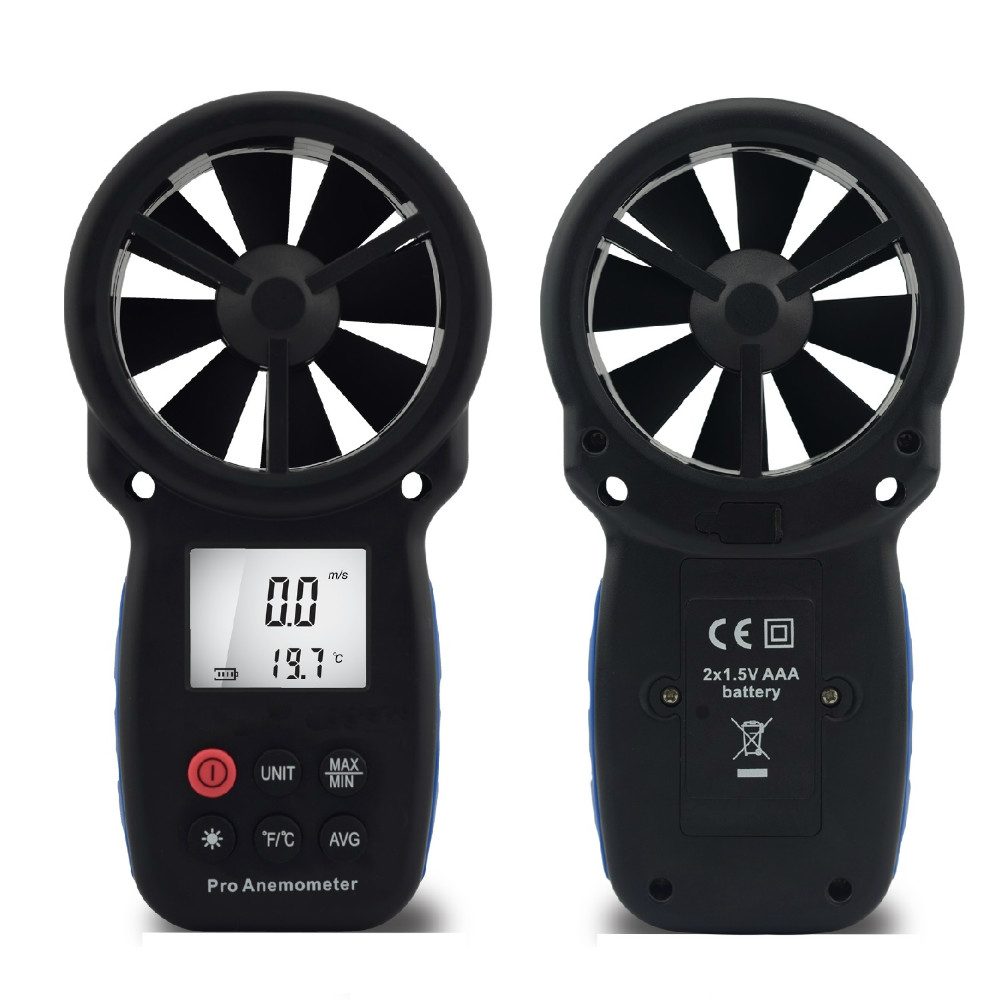Exploring the Functions and Benefits of Anemometers for Climate Enthusiasts and Professionals
From mug anemometers to sonic anemometers, each type brings its unique collection of advantages and applications, dropping light on various facets of climatic conditions. As we dive into the features and benefits of anemometers, a much deeper understanding emerges not just of prevailing climate phenomena yet also of the more comprehensive ramifications for sectors like wind power production and ecological research.
Significance of Anemometers in Weather Surveillance
Anemometers play a critical role in weather tracking by providing precise dimensions of wind rate, assisting in projecting and understanding climate patterns. These tools, ranging from traditional cup anemometers to modern ultrasonic anemometers, are important for meteorologists, researchers, and weather condition enthusiasts alike.

Types of Anemometers and Their Applications
With the vital function anemometers play in weather monitoring and projecting, recognizing the different sorts of these instruments and their applications comes to be necessary for experts and lovers in the field. One of the most typical kinds of anemometers consist of mug anemometers, vane anemometers, hot-wire anemometers, and ultrasonic anemometers. Cup anemometers include 3 or four cups placed on horizontal arms that rotate with the wind, gauging its rate. Vane anemometers, on the other hand, make use of an easily rotating vane to straighten with the wind instructions, providing both wind rate and direction measurements. Hot-wire anemometers operate based on the concept of convective warmth transfer, where the cooling impact of the air circulation is determined to identify wind rate. Ultrasonic anemometers utilize ultrasonic sound waves to compute wind speed and instructions precisely.
Cup anemometers are appropriate and durable for basic weather monitoring, while vane anemometers are favored for directional dimensions. Ultrasonic anemometers are non-intrusive and use high accuracy, often utilized in research study and specialized weather condition surveillance applications.
Benefits of Using Anemometers in Forecasting
In weather forecasting, the use of anemometers uses vital benefits for improving the accuracy of weather forecasting. Anemometers gauge wind rate and instructions, supplying vital data for anticipating weather patterns. By incorporating wind information right into forecasting models, meteorologists can much better comprehend the motion of weather systems, prepare for adjustments in weather, and concern extra exact forecasts.
Moreover, anemometers play an essential function in evaluating potential weather dangers. Monitoring wind rates assists forecasters predict extreme weather condition occasions such as cyclones, tornadoes, and winter tornados with greater precision. This early caution system allows authorities to release timely alerts and carry out required safety and security steps, reducing the dangers to life and home.
Additionally, anemometers help in optimizing renewable resource production. By assessing wind patterns, meteorologists can determine ideal locations for wind ranches and forecast energy outcome, contributing to the effective generation of wind power.

Anemometers in Wind Energy Manufacturing
Offered the critical role anemometers play in supplying exact wind information for weather forecasting and risk evaluation, their value reaches the realm of wind energy production. Anemometers are vital tools in her comment is here the area of wind power, where the dimension of wind rate and direction is essential for figuring out the expediency and performance of wind generator installments. By properly gauging wind rates at varying heights, anemometers assist enhance the placement and style of wind turbines to make best use of power result.
In wind ranches, anemometers are purposefully positioned to accumulate real-time wind information that is utilized to examine the prospective energy production of a site. This information is instrumental in determining the financial stability of wind power jobs and in forecasting energy generation to ensure grid security. In addition, anemometers aid in keeping track of wind conditions to maximize generator efficiency, avoid damage from high winds, and make certain the safety and security of workers operating in the vicinity of wind generators.
Enhancing Weather Condition Understanding With Anemometers

Anemometers play a crucial function in improving our understanding of microclimates. These localized climate condition can vary considerably from wider regional forecasts, making it essential to have accurate information for details locations. anemometer. By tactically putting anemometers in various locations, scientists can collect comprehensive information on how wind acts in various terrains, urban settings, or bodies of water
In addition, anemometers add to improving weather projecting designs by offering real-time information on wind actions. This info is particularly beneficial for anticipating severe climate occasions, optimizing farming methods, and supporting sectors like air travel and maritime navigation. Generally, anemometers are indispensable instruments that allow us to dig much deeper into the intricacies of weather condition systems, ultimately bring about more better-informed decisions and exact predictions.
Final Thought
In verdict, anemometers play an essential function in climate monitoring and forecasting by determining wind rate and instructions. Anemometers additionally have applications in wind energy production, additional highlighting their relevance in both weather forecasting and eco-friendly energy sectors.
From cup anemometers to sonic anemometers, each type brings its special collection of applications and benefits, losing light on various aspects of atmospheric conditions. These instruments, ranging from standard mug anemometers to contemporary ultrasonic anemometers, are necessary for meteorologists, scientists, and climate enthusiasts alike. The most usual types of anemometers consist of mug anemometers, vane anemometers, hot-wire anemometers, and ultrasonic anemometers. Mug anemometers try here are ideal and durable for basic weather condition tracking, while vane anemometers are preferred for link directional measurements. Anemometers are necessary tools in the field of wind energy, where the measurement of wind speed and instructions is crucial for determining the feasibility and efficiency of wind generator installments.
Comments on “Professional Tips for Calibrating Your Anemometer for Optimal Performance”